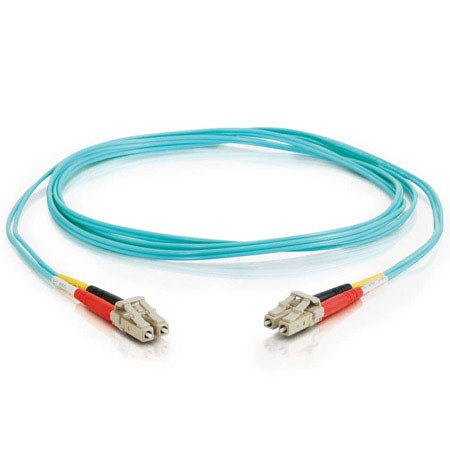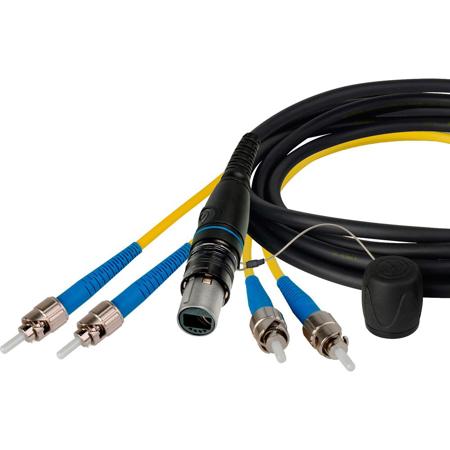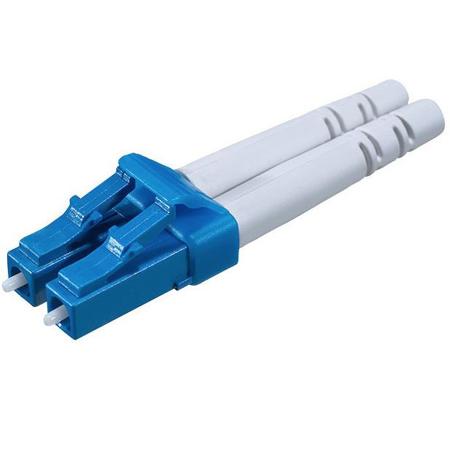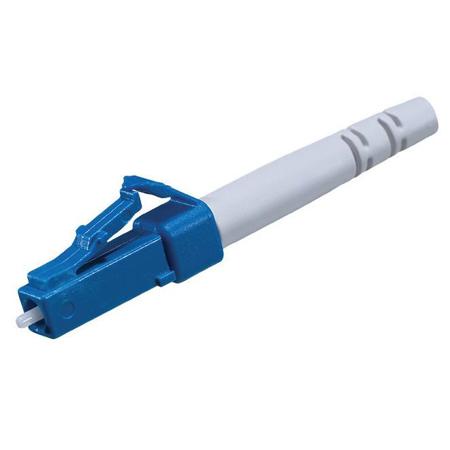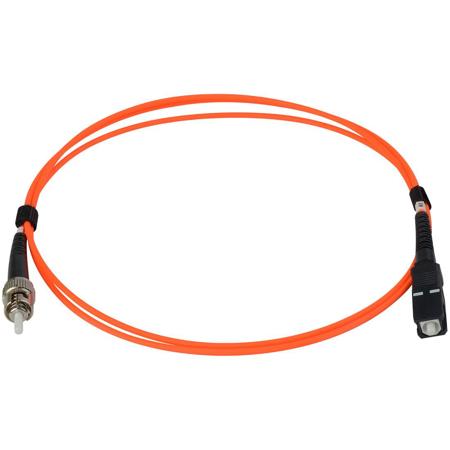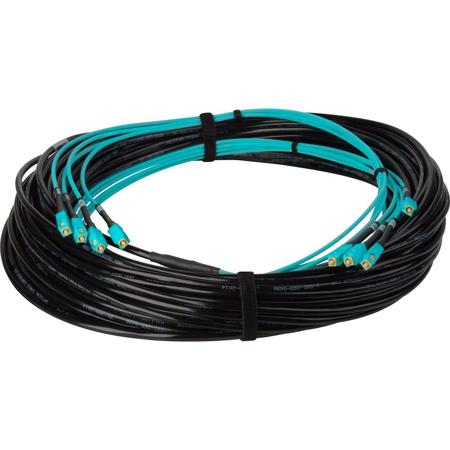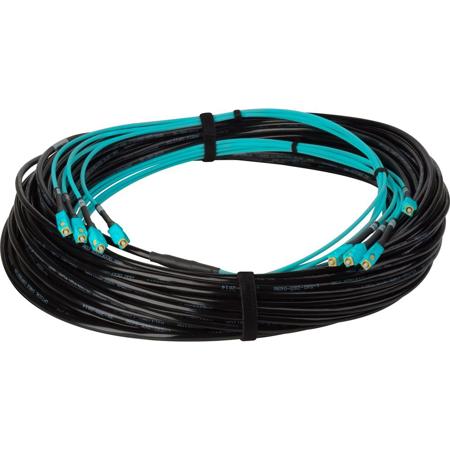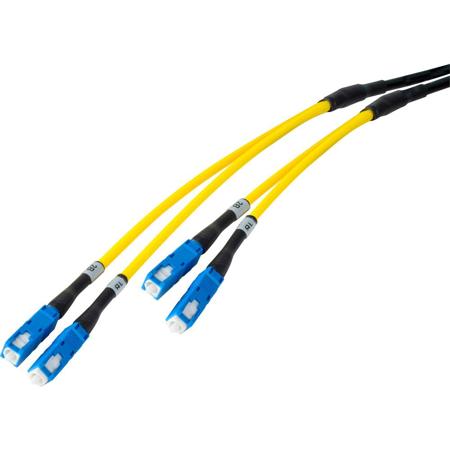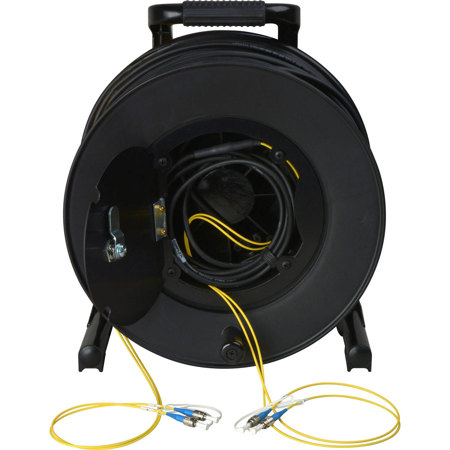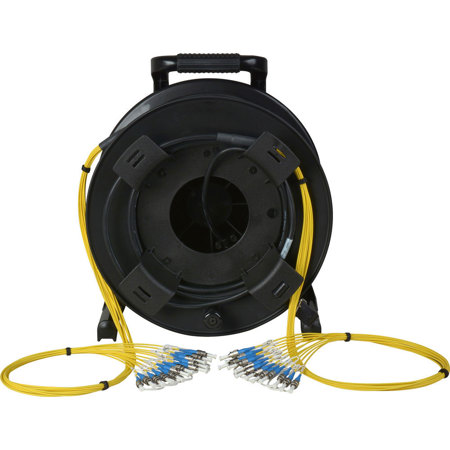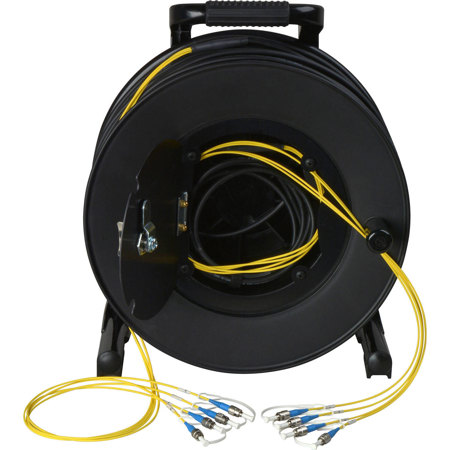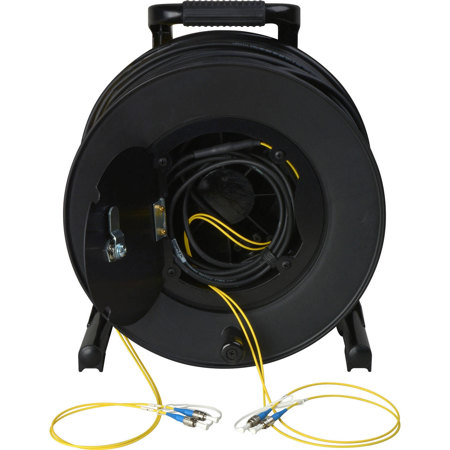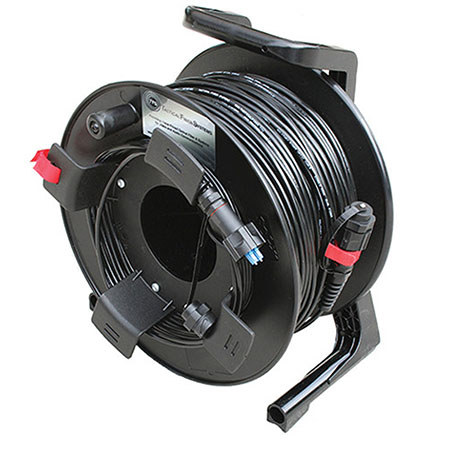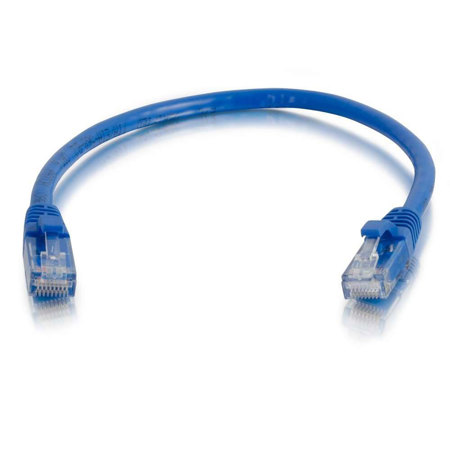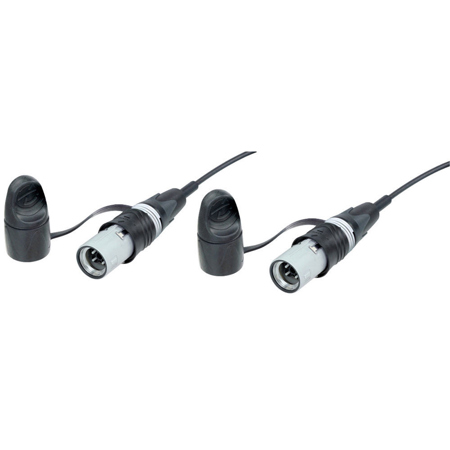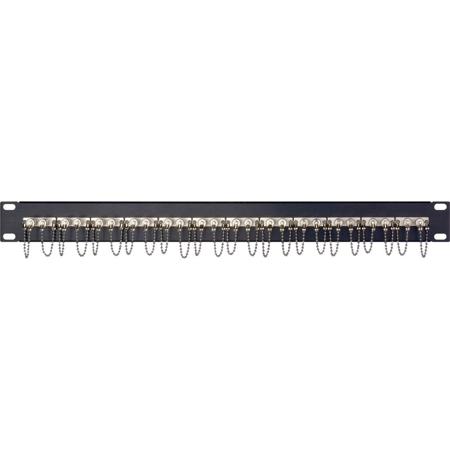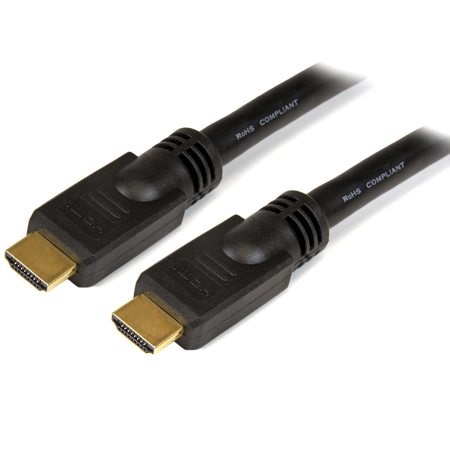Fiber Optic Wiring
Fiber optic wiring stands at the heart of today’s most advanced communication and data networks, transforming the way information is sent, received, and experienced. Unlike traditional copper cabling, fiber optic wiring relies on bundles of ultra-thin glass or plastic strands that transmit data as pulses of light. This technology supports incredibly high speeds and bandwidth, making it indispensable for applications ranging from high-speed internet and cable television to the robust backbones of data centers, university campuses, and enterprise networks. As the demand for streaming, cloud computing, and remote collaboration grows—especially during the busy winter months when more people are indoors and online—the importance of reliable, high-capacity wiring becomes even more pronounced. Whether you’re upgrading a home office, supporting a creative studio, or managing a sprawling IT infrastructure, the right fiber optic wiring ensures seamless connectivity and future-proofs your network against ever-increasing data needs.
Selecting fiber optic wiring involves several key considerations, each shaped by the specific environment and intended use. For long-distance, high-bandwidth connections—such as linking buildings across a campus or supporting mission-critical business operations—single-mode fiber is often preferred due to its smaller core diameter and ability to maintain signal integrity over vast distances. Multimode fiber, with its larger core, is more affordable and well-suited for shorter runs within data centers, studios, or office spaces. Installation requires careful planning: cables should be routed through conduits or raceways to prevent damage, and installers must avoid sharp bends that could compromise performance. Given the precision and specialized tools involved, many organizations and homeowners choose to have fiber optic wiring installed by professionals, ensuring optimal performance and longevity. For those building out a home studio or upgrading their entertainment systems, integrating fiber optic wiring can deliver crystal-clear audio and video, support smart home devices, and provide the bandwidth needed for creative work or immersive gaming. As the holiday season approaches, fiber optic wiring can even make a thoughtful and practical gift for tech enthusiasts, IT professionals, or anyone looking to enhance their digital workspace.
Fiber optic wiring isn’t limited to just data and internet connections. Its versatility extends to transmitting high-power laser energy for medical, industrial, or defense applications and serving as a distributed sensor to monitor temperature, strain, or sound along critical infrastructure like bridges and pipelines. In creative industries, fiber optic wiring enables real-time audio and video transmission with minimal latency, supporting everything from live broadcasts to complex multi-room recording setups. As you explore options for your next project or upgrade, consider the environment, required bandwidth, and future scalability. For those seeking even more detail on the types of cables and their applications, our comprehensive Fiber Optic Cables page offers a wealth of information to help guide your decision. With the right fiber optic wiring, you’ll be ready to meet today’s demands and embrace tomorrow’s innovations, ensuring your network is as fast, reliable, and adaptable as you need it to be.
Selecting fiber optic wiring involves several key considerations, each shaped by the specific environment and intended use. For long-distance, high-bandwidth connections—such as linking buildings across a campus or supporting mission-critical business operations—single-mode fiber is often preferred due to its smaller core diameter and ability to maintain signal integrity over vast distances. Multimode fiber, with its larger core, is more affordable and well-suited for shorter runs within data centers, studios, or office spaces. Installation requires careful planning: cables should be routed through conduits or raceways to prevent damage, and installers must avoid sharp bends that could compromise performance. Given the precision and specialized tools involved, many organizations and homeowners choose to have fiber optic wiring installed by professionals, ensuring optimal performance and longevity. For those building out a home studio or upgrading their entertainment systems, integrating fiber optic wiring can deliver crystal-clear audio and video, support smart home devices, and provide the bandwidth needed for creative work or immersive gaming. As the holiday season approaches, fiber optic wiring can even make a thoughtful and practical gift for tech enthusiasts, IT professionals, or anyone looking to enhance their digital workspace.
Fiber optic wiring isn’t limited to just data and internet connections. Its versatility extends to transmitting high-power laser energy for medical, industrial, or defense applications and serving as a distributed sensor to monitor temperature, strain, or sound along critical infrastructure like bridges and pipelines. In creative industries, fiber optic wiring enables real-time audio and video transmission with minimal latency, supporting everything from live broadcasts to complex multi-room recording setups. As you explore options for your next project or upgrade, consider the environment, required bandwidth, and future scalability. For those seeking even more detail on the types of cables and their applications, our comprehensive Fiber Optic Cables page offers a wealth of information to help guide your decision. With the right fiber optic wiring, you’ll be ready to meet today’s demands and embrace tomorrow’s innovations, ensuring your network is as fast, reliable, and adaptable as you need it to be.

